Basil or Parsley: Your Go-To Herb Guide
Basil vs. parsley represents two staples in kitchens worldwide, each bringing distinct flavors to countless dishes.
Aromatic herbs transform ordinary meals into culinary masterpieces with just a sprinkle.
Most home cooks reach for them regularly, yet many aren't aware of their unique characteristics and best uses.
The Mediterranean region claims both as native plants, though they've spread throughout global cuisine.
Various cuisines showcase these herbs differently, with Italian dishes frequently highlighting basil and Middle Eastern recipes featuring parsley prominently.
Continue reading to uncover how you can elevate your cooking by selecting the perfect herb for every dish.
Fresh Basil Overview to Learn
Basil ranks as a top choice among many home cooks, recognized as a classic ingredient in Italian dishes and various Asian cuisines. This annual or perennial herb belongs to the Lamiaceae family, commonly known as Mints.
Despite its origins in warmer regions from Central Africa to Southeast Asia, basil has gained worldwide popularity with over 50 different species found across various regions.
Many people often compare basil to mint due to their similar flavor profiles, as they come from the same prominent culinary herb family.
When shopping for basil, you'll need to choose between fresh or dried versions, each offering unique characteristics that excel in different cooking applications.
Both types add wonderful flavor when used correctly in your recipes.
More information about basil's taste, appearance, and cooking uses will follow in later sections.
Parsley: A Full Guide
Parsley belongs to the Apiaceae family, which includes many flowering plants like anise, carrot, and celery. This versatile herb originally comes from the Mediterranean region but has spread throughout Europe and beyond.
People across the globe adore parsley, from its European roots to kitchens in the Middle East, America, and Asia, where it serves as both herb and vegetable. Several popular varieties exist, including French curly leaf, flat-leaf (Italian), root (Hamburg), and Japanese parsley - each one bringing special flavors to different regional cuisines.
Most parsley plants in temperate areas live as biennials with two-year life cycles, while those growing in tropical or subtropical climates behave as annuals, similar to basil plants.
Basil vs Parsley: The Comparison Showdown
Parsley and basil have several key differences that make them easy to tell apart once you know what to look for.
| Feature | Basil | Parsley |
| Plant Family | Lamiaceae | Apiaceae |
| Type of Plant | Annual or perennial | Biennial or annual |
| Origin | Central Africa to Southeast Asia | Central and Eastern Mediterranean |
| Leaves Appearance | Oval to elliptical; green, purple, or wine red; smooth or jagged edges | Broader, pointed edges; green; curly (French) or flat (Italian) leaflets |
| Flowers & Stems | Fibrous stems; bushy plant; purple flowers | Thin, tough stems; white flowers; edible root (Hamburg parsley) |
| Taste Profile | Sweet-savory, mixes mint, anise, clove, pepper, licorice; varies by cultivar | Grassy, bright, fresh with peppery, slightly bitter notes; flat-leaf more intense than curly |
| Shelf Life | 5-7 days at room temp; refrigeration can darken leaves; dried lasts 2-3 years | 5-7 days refrigerated; dried lasts 2-3 years |
| Nutrition | Higher magnesium, calcium; antioxidants and anti-inflammatory benefits | Richer in calories, fiber, vitamin K, C, iron; supports heart, bone, eye health |
| Best Uses | Italian and Southeast Asian dishes; pairs well with tomatoes, fish, poultry, even desserts | Garnish, soups, meats, salads, green sauces (salsa verde), mixed herb blends, root used in stews |
Appearance
Basil leaves are typically oval or elliptical, ranging in color from bright green to purple or wine red, with smooth or sometimes jagged edges. The plant grows bushy with fibrous stems and purple flowers.
Parsley leaves are broader and consist of several small leaflets; French parsley is curly and thin, while Italian parsley has flat, broad leaves. Parsley stems are thin but tough, and it also produces edible white flowers and a root used in cooking.
Taste
Basil offers a complex, sweet-savory flavor blending notes of mint, anise, clove, pepper, and licorice, with taste variations across cultivars - some spicy, others sweeter. Parsley delivers a fresh, grassy, and bright flavor with a slight bitterness and peppery undertones.
Flat-leaf parsley tends to be more flavorful than curly. Parsley isn’t sweet or minty but adds a clean, earthy brightness.
Shelf Life
Fresh basil keeps well for 5 to 7 days at room temperature but may turn black if refrigerated. Parsley, especially curly, wilts quickly and is best stored in the fridge.
Both herbs, when dried properly, last 2 to 3 years if kept in airtight containers away from light and heat.
Nutrition Facts And Health Benefits
Parsley generally contains more calories, fiber, vitamin K, vitamin C, and iron than basil. Basil is richer in magnesium and calcium and packed with antioxidants and anti-inflammatory compounds.
Basil supports digestion, skin, liver health, and may help prevent diabetes and depression. Parsley is excellent for heart health, bone strength, eye health, and may help fight diabetes and cancer.
Check this table for more details about nutrients of these herbs.
| Nutrient | Basil | Parsley |
| Calories | 23 kcal | 36 kcal |
| Fiber | 1.6 g | 3.3 g |
| Sugar | 0.3 g | 0.9 g |
| Fat | 0.6 g | 0.8 g |
| Protein | 3.15 g | 2.97 g |
| Carbohydrates | 2.7 g | 6.3 g |
| Vitamin K | 415 mcg | 1,640 mcg |
| Vitamin C | 18 mg | 133 mg |
| Magnesium | 64 mg | 50 mg |
| Calcium | 177 mg | 138 mg |
| Iron | 3.17 mg | 6.2 mg |
Best Uses
Basil shines in Italian and Southeast Asian cuisines, pairing famously with tomatoes in sauces, salads, and stews, as well as enhancing fish, poultry, and even desserts like ice cream.
Parsley is widely used as a garnish and flavor enhancer in European and Western Asian dishes, often combined with other herbs in green sauces like salsa verde or Brazilian cheiro-verde.
Parsley roots are popular in European soups and stews.
Can Basil Step In When Parsley’s Missing and Vice Versa?
While basil and parsley are both popular herbs, they have quite different flavors and textures, so swapping one for the other depends on the dish and your taste goals.
Basil can’t perfectly mimic parsley’s bright, clean flavor, nor can parsley replicate basil’s rich, sweet aroma.
However, in some recipes, especially those that use herbs as garnishes or mild flavor enhancers, they can be substituted with some adjustments.
If substituting basil for parsley, use about ½ to ⅔ the amount of basil because of its stronger, sweeter flavor.
If substituting parsley for basil, use a 1:1 ratio but expect a milder, less aromatic result.
Storing Notes for Basil and Parsley
Basil Dishes To Brighten Your Menu
Basil fans can jump into these three delicious recipes that showcase this herb's amazing flavor.
Thai Basil Chicken
Zesty Thai basil chicken ranks as one of the most popular street foods across Thailand and makes a perfect introduction to basil-infused cooking. The fragrant mixture tastes amazing when served alongside fluffy steamed rice and topped with a crispy fried egg.
Tomato Basil Salad
Fresh tomato and basil salad adds a perfect dash of flavor to any meal you're enjoying. This simple dish works great as a quick lunch option or as a side that goes well with most savory recipes.
Adding cucumber gives it an extra crunch that many people love.
Grilled Halibut with Lemon-Basil Vinaigrette
Perfectly grilled fish slices drizzled with tangy lemon-basil vinaigrette make an amazing dinner option that won't disappoint. This hearty white fish dish packs plenty of protein while keeping your meal on the healthy side.
Just a small teaspoon of basil sprinkled on top adds that extra flavor punch that takes the whole dish to another level.
Flavorful Parsley Recipes to Impress
Parsley remains fresh on my mind, with its vibrant leaves and rich flavor still calling for kitchen attention. My recipe collection has space for both the leafy parts and those often-overlooked roots that pack so much taste.
Parsley And Pomegranate Salad
Parsley works wonderfully as both a garnish and a main ingredient in light summer salads. This easy-to-make dish brings a pop of freshness to any meal without much prep time.
Red onions add extra flavor and color when mixed with the leafy greens, creating a simple but tasty combination.
Parsley And Basil Pesto
Pesto lovers might know this sauce mainly for its basil base, but parsley works wonderfully too in this classic recipe. Both herbs bring their own magic to the mix, creating a flavor that's both familiar and fresh.
You can easily spread this green goodness on warm bread, toss it with your favorite pasta, or use it as a zesty topping for homemade pizza.
Parsley Root Soup
Parsley root soup stands out as a tasty clean eating option that proves meat-free dishes can pack amazing flavor. The natural essence of parsley root creates a satisfying base that warms you from the inside out.
For those who enjoy a hint of sweetness, adding a few lady apples brings perfect balance to the soup's earthy notes. This humble dish shows how just a few quality ingredients can create something truly special for everyday meals or when company visits.
Medicinal and Traditional Uses of Basil and Parsley
Basil has long been valued for its medicinal properties, particularly as an anti-inflammatory and antioxidant agent. It is traditionally used to aid digestion, helping to relieve issues like indigestion and bloating.
Basil also possesses adaptogenic qualities that may reduce stress and anxiety.
In cultural traditions, especially in India where holy basil (tulsi) is considered sacred, basil plays a significant role in religious rituals.
Parsley is widely recognized for its medicinal uses, including its role as a natural diuretic that helps reduce bloating and water retention. It is rich in antioxidants that support kidney function and aid in detoxifying the body.
Traditionally, parsley has been employed to improve digestion and relieve gas, while also offering anti-inflammatory benefits.
Got Questions? We’ve Got Solutions
1. Can you use basil and parsley interchangeably in recipes?
Substituting one for the other will noticeably change your dish's flavor profile as basil has a sweet, slightly peppery taste that works best in Italian dishes and tomato-based recipes. Parsley has a fresh, mild flavor that complements a wider range of dishes.
2. How should I store basil and parsley to keep them fresh longer?
Basil stays freshest when stored like a bouquet in a glass of water at room temperature. Parsley lasts longer when wrapped in a damp paper towel and placed in a plastic bag in the refrigerator. Both herbs can also be frozen or dried for extended storage.
3. Do basil and parsley offer different health benefits?
Yes! Parsley is rich in vitamins A, C, and K, plus antioxidants that support immune health. Basil contains different compounds that have anti-inflammatory and antibacterial properties. Both herbs add nutrition to your meals, but with slightly different benefits.

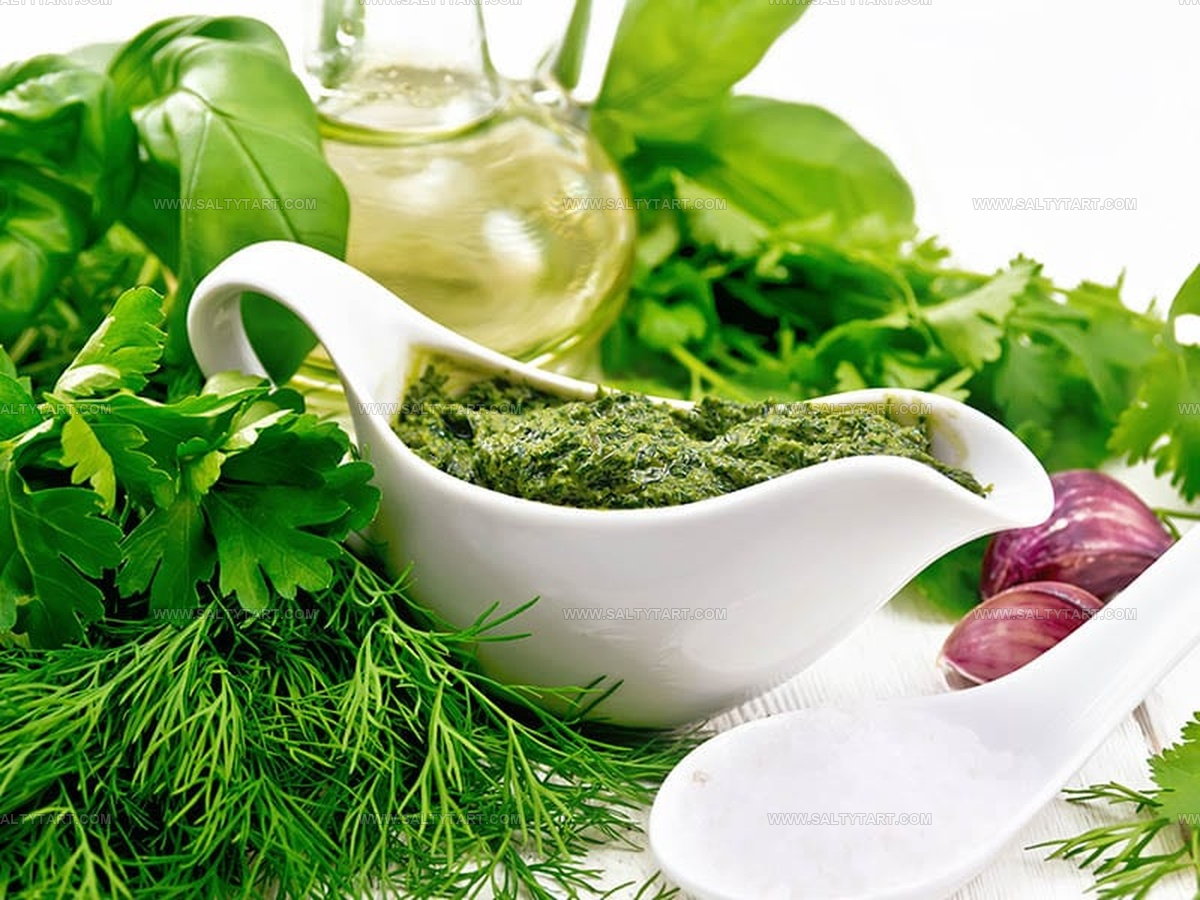
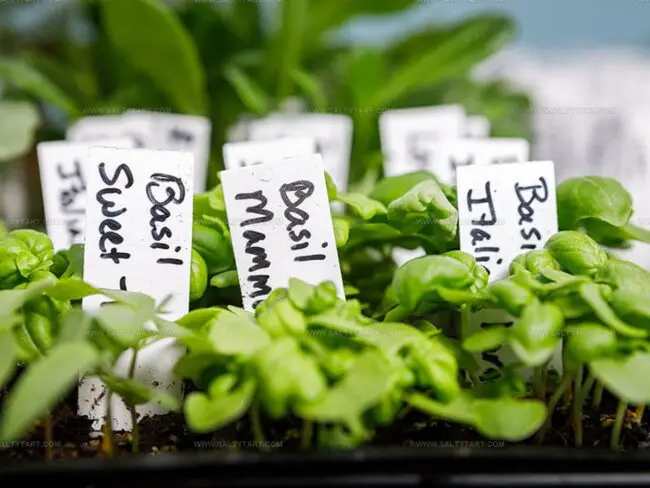

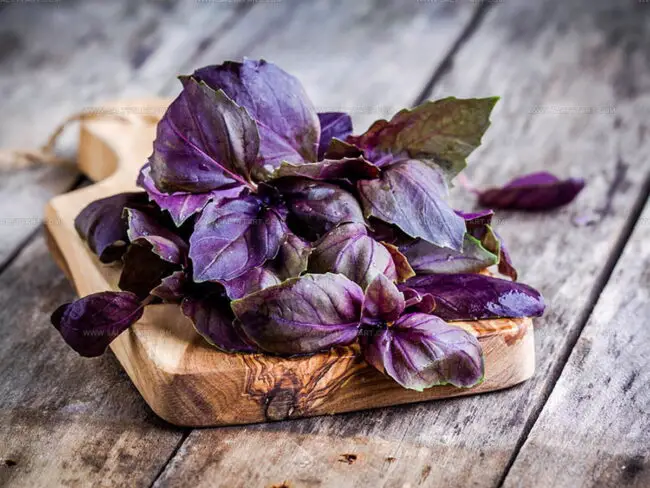
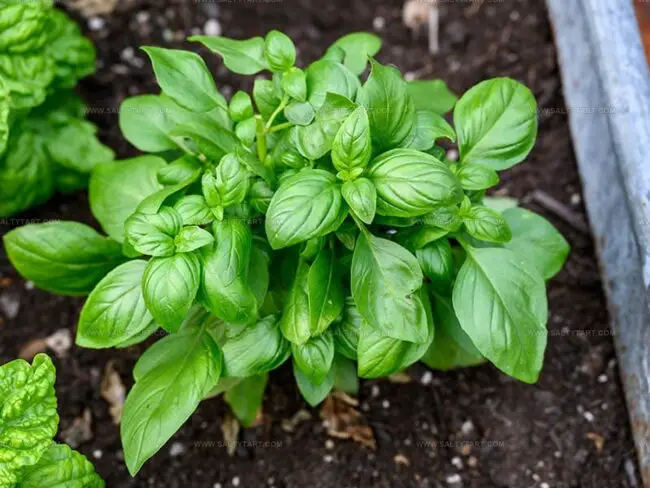
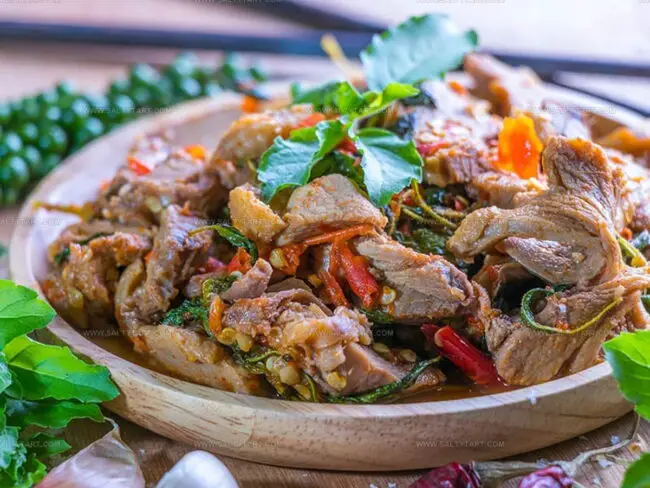
Mike Reynolds
Founder & Recipe Developer
Expertise
Farm-to-table cuisine, Seasonal recipe development, Sustainable cooking techniques, Food photography
Education
Asheville-Buncombe Technical Community College (A-B Tech)
Associate Degree in Culinary Arts
Mike studied culinary arts with a strong focus on farm-to-table principles and sustainable cooking. His training emphasized the importance of fresh, local ingredients and environmentally responsible practices in the kitchen.
Mike’s food journey began deep in the Blue Ridge Mountains, where weekends at farmers’ markets and home-cooked meals sparked a lifelong obsession with simple, seasonal eating.
After earning his Associate Degree in Culinary Arts from Asheville-Buncombe Technical Community College, he set out to bring farm-to-table cooking into everyday kitchens, without the fuss.
Mike’s philosophy is all about keeping it fresh, unfussy, and full of heart. When he’s not crafting new single-serving recipes, he’s hiking mountain trails, chatting with local farmers, or experimenting with wild ingredients in his backyard kitchen.